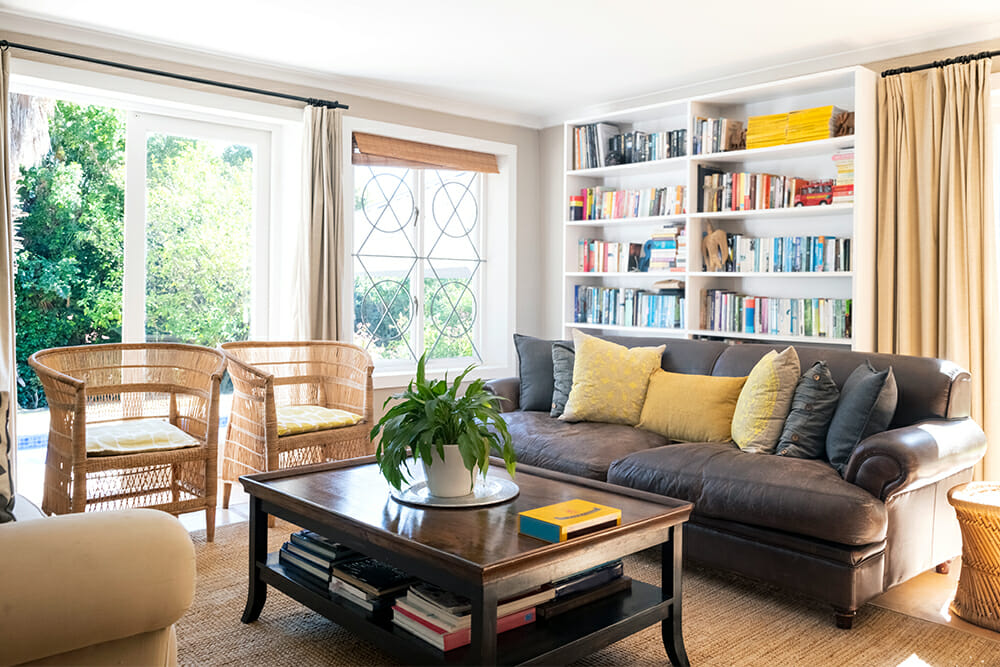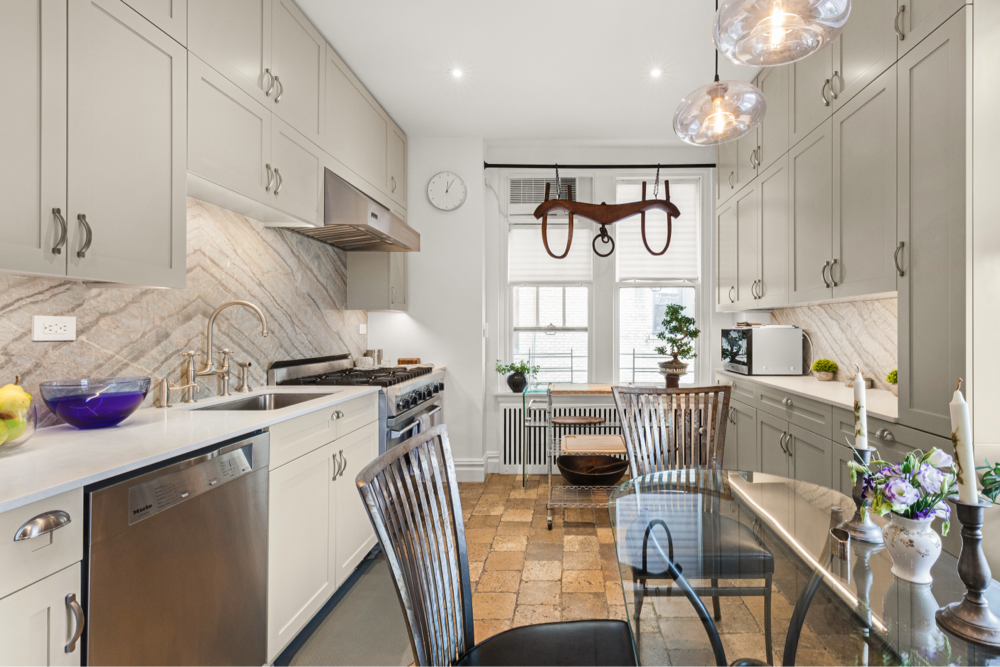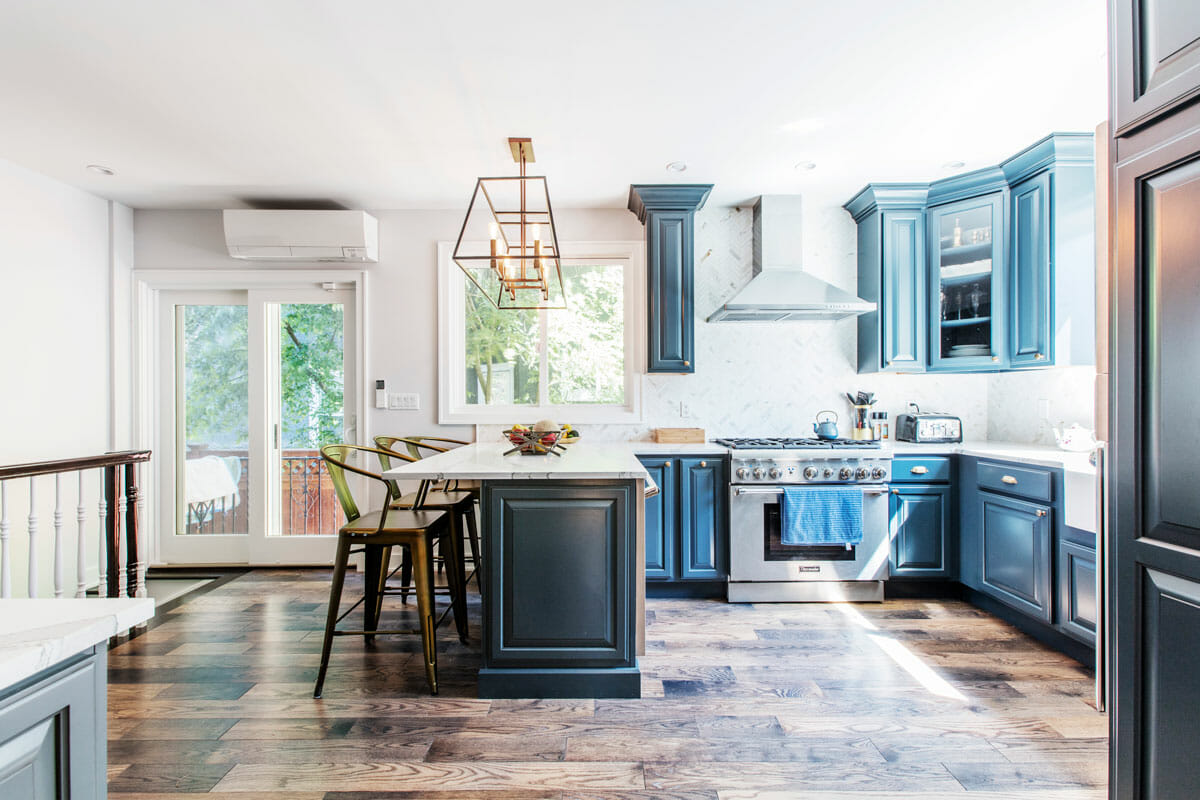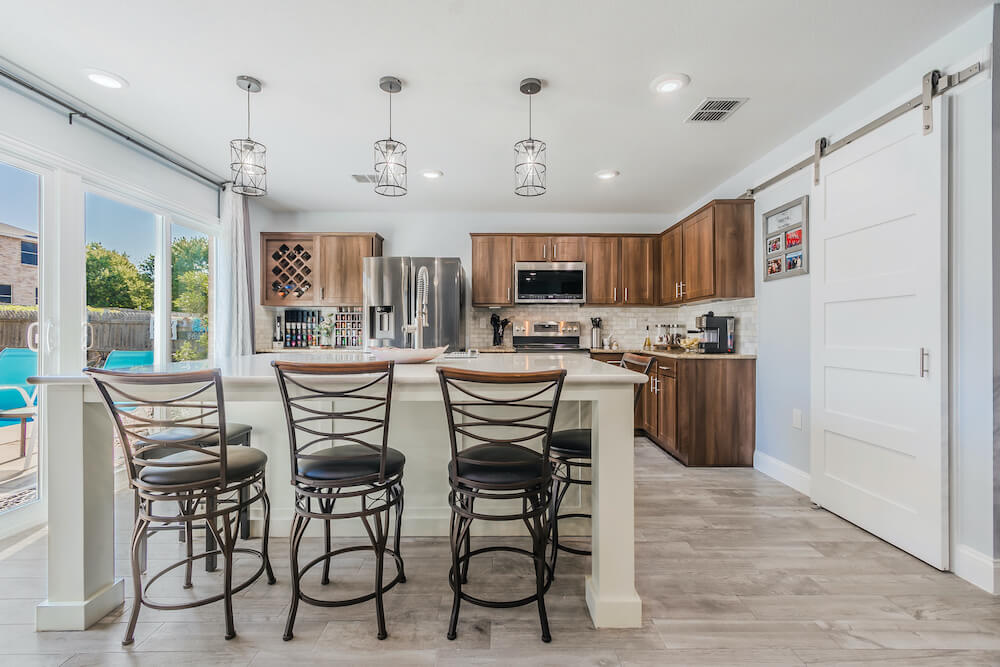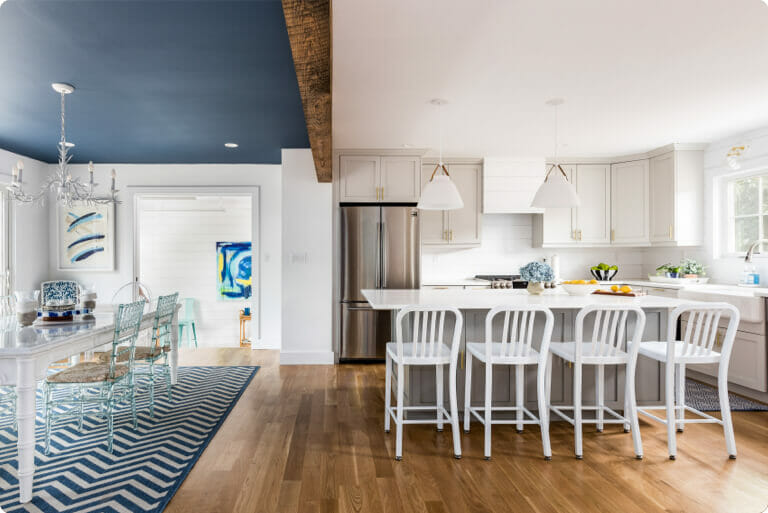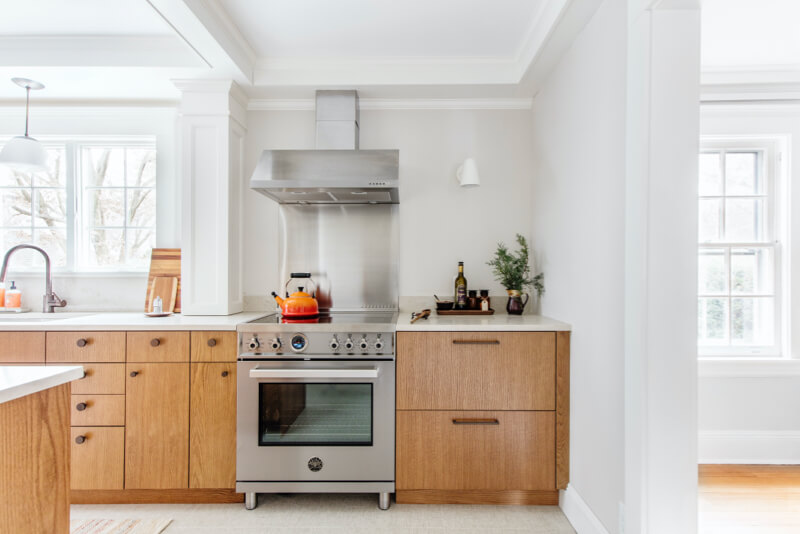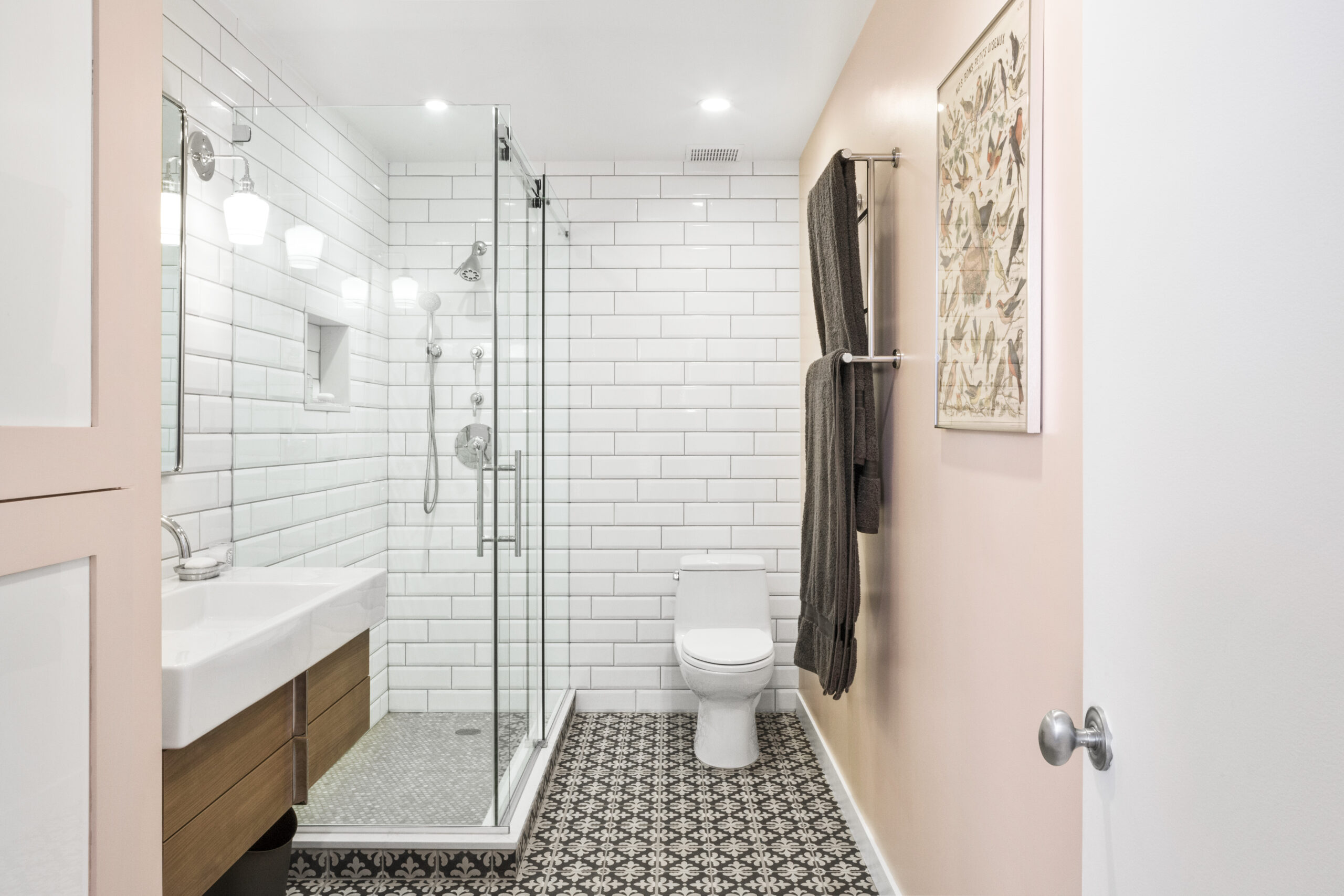Consumer Strategies to Navigate Tariff-Related Renovation Costs
The aspiration for a beautifully renovated home, whether a brownstone in Brooklyn or a bungalow in Los Angeles, can feel somewhat constrained by rising costs. A significant factor influencing these expenses in major US cities today is the ongoing impact of tariffs on imported building materials. From structural steel used in high-rise renovations to the elegant tiles adorning historic bathrooms, tariffs are adding to the bottom line.
However, savvy homeowners in these urban centers have a range of strategies at their disposal to navigate these financial headwinds and still achieve their renovation goals.

Photo by Julius_Silver via Pixabay
Understanding the Tariff Terrain (Briefly)
Tariffs, essentially taxes levied on goods entering the United States, serve various economic purposes. However, these duties increase the cost of imported goods, a reality that significantly impacts home renovations in major US cities where a diverse range of materials, often sourced globally, are utilized. This can translate to higher prices for materials like steel and aluminum, crucial for structural and finishing elements in urban dwellings, as well as specific types of lumber, tiles, and even high-end appliances frequently chosen for city renovations. Recognizing that these added costs are typically passed down through the supply chain – from international manufacturers and US importers to local suppliers, then to your contractor, and ultimately to your project budget.
Sweeten brings homeowners an exceptional renovation experience by personally matching trusted general contractors to your project, while offering expert guidance and support—at no cost to you. 
Renovate expertly with Sweeten
At Sweeten, we’re experts at all things general contractors. Here’s how Sweeten works: We pre-screen them for our network, carefully select the best ones for your remodeling project, and work closely with hundreds of general contractors every day.
Smart Strategies for Savvy Urban Homeowners
Navigating renovation costs in this intricate trade landscape requires a multifaceted approach. Here are expanded strategies for homeowners:
Prioritize Domestically Sourced and Diversify International Options: While focusing on US-made materials remains a solid strategy, explore a broader range of international suppliers beyond traditional sources. Research materials from countries with stable trade relations with the US, always being mindful of potential tariff implications.
Emphasize Material Efficiency in Design and Construction: Collaborate closely with your designer, architect, and contractor to optimize material usage. This includes precise measurements, minimizing waste through careful planning, and exploring construction methods like modular design that can reduce material needs.
Assess Long-Term Value Over Initial Cost: When selecting materials, consider their durability, energy efficiency, and potential for long-term savings. Investing in high-quality, long-lasting materials might have a higher upfront cost (potentially influenced by tariffs), but can yield significant savings on energy bills and replacement costs over time, offsetting the initial price difference.
Negotiate Clear and Comprehensive Contracts: Ensure your contract with your renovation professional includes transparent clauses regarding material costs and potential fluctuations due to tariffs. This might involve:
- Price escalation clauses that outline how potential tariff-related increases will be addressed.
- Establishing a contingency fund to buffer against unexpected material cost surges.
- Clearly defining the process for material selection and procurement.
Refurbish, Repurpose, and Salvage Existing Materials: In many older homes prevalent in major US cities, original architectural elements and solid fixtures offer opportunities for cost savings and unique design. Explore refinishing hardwood floors, repainting cabinets, and repurposing vintage hardware instead of purchasing new, potentially tariffed items.

Stay Informed and Advocate for Fair Trade Practices: Keep abreast of current US trade policies and potential changes. Support industry associations and consumer advocacy groups that promote stable and equitable trade practices, as these policies ultimately impact the cost of your renovation.
Consider Phasing Your Project Strategically: For larger renovations common in urban areas, breaking the project into manageable phases can provide greater financial flexibility. This allows you to address the most critical needs first and potentially delay later phases if material costs are anticipated to fluctuate.
Navigating home renovations requires careful planning and a thorough understanding of the factors influencing costs, including the complex web of international trade and tariffs, particularly those involving our North American neighbors. By diversifying sourcing, prioritizing efficiency and long-term value, negotiating robust contracts, and staying informed, homeowners can make strategic decisions to achieve their renovation goals without being unduly burdened by fluctuating import duties. A proactive and informed approach is key to realizing your dream urban living space.
We Can Help Plan Your Renovation
Find endless home renovation inspiration, detailed guides, and practical cost breakdowns from our blogs. You can also post your project on Sweeten today and get matched with our vetted general contractors and get estimates for free!
